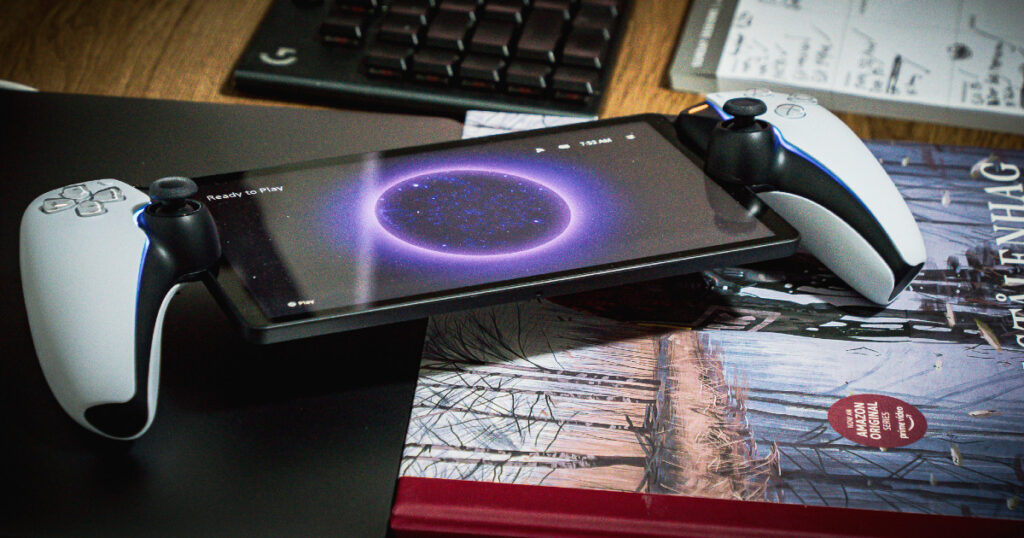It may not yet reach the blistering speeds of top-tier NBN plans, but home wireless broadband can still clock impressive speeds.
How fast is home wireless broadband?
Internet speeds have come a long way. From the 56Kbps speeds of dial-up modems and 8Mbps speeds of ADSL through to the 24Mbps speeds of ADSL2+ and above-100Mbps speeds of cable internet, download speeds are certainly trending in the right direction. These days, NBN plans can technically reach speeds of up to 1000Mbps with either Fibre-to-the-Premises or Hybrid Fibre Coaxial technologies.
So, in the scale of slow old-school speeds to the gigabit speeds of NBN 1000, where exactly does home wireless broadband fall on the speed spectrum?
How fast is home wireless broadband?
We track around a dozen home wireless internet plans in our database, which range in price and data inclusions. Check out all of the home wireless broadband plans in our comparison engine below.
Because home wireless broadband uses mobile network technology to connect to the internet, the maximum download speeds can theoretically reach as fast as 100Mbps under the right 4G network conditions. In practical terms, though, you should expect slower speeds.
At the time of writing, Exetel was upgrading its home wireless broadband network around Australia, but its previous plans tapped out at 12Mbps download speeds. Things get a bit faster with iiNet, Internode and TPG all offering home wireless broadband speeds that are capped at a max download speed of 20Mbps via the Vodafone network. This happens to be the same max download speed and network that Felix Mobile uses, albeit for its solitary Felix $35 Subscription Prepaid plan.
Spintel is the only other home wireless broadband provider that advertises max potential download speeds of 50Mbps, which is via the Optus 4G Plus network. The only other speed that’s mentioned for the home wireless broadband plans in our database is the 1.5Mbps speed cap for Vodafone plans if you go over your cap. Optus offers this, too, but that 1.5Mbps cap only kicks in after five automatic $10 payments that each include 40GB of max-speed data.
What about 5G home wireless broadband speeds?
At the time of writing, Optus was the only provider selling 5G home wireless broadband plans, with Telstra having recently concluded a 5G home wireless broadband trial. Optus was offering two 5G plans, which either have a $200 upfront fee if you want to stick month-to-month or $0 if you opt for a 24-month contract.
The Optus 5G Internet Everyday plan costs $75 a month for download speeds up to 100Mbps and a minimum 50Mbps satisfaction guarantee, with 77Mbps typical evening download speeds. If you want to go faster, the Optus 5G Internet Entertainer costs $90 a month for max speeds that have the same 50Mbps minimum download speed guarantee but boasts 225Mbps typical evening download speeds.
During the Telstra 5G home wireless broadband trial, it had a download speed range between 50Mbps and 600Mbps during the busy evening period with averages closer to 378Mbps. It remains to be seen what the speeds will be when Telstra finally release 5G home wireless broadband plans. Anecdotally, I hit 882Mbps download speeds on Telstra 5G recently during the middle of the day. As long as you have decent signal strength, 5G home wireless broadband seems like a viable NBN contender.
Home wireless broadband vs NBN download speeds
Generally speaking, home wireless broadband isn’t a viable replacement for NBN, especially if you’re looking at a plan based on a 4G network. That’s because 4G internet has higher latency and lower maximum download speeds than NBN plans in metro areas, while reliability is determined by how congested local reception is at the time you’re using it.
While NBN plans can be as slow as 12Mbps (NBN 12), they also extend a few tiers beyond the 50Mbps that Spintel offers with its 4G-based home wireless broadband plan: namely, 100Mbps (NBN 100), 250Mbps (NBN 250) and 1000Mbps (NBN 1000). Where things get interesting is with 5G home wireless broadband plans, which can theoretically offer similar latencies to NBN and download speeds beyond the 100Mbps that’s the current fastest plans available to most homes in Australia.
For comparison, below is a table that charts and ranks the different download and upload speeds available in Australia based on the main internet types that are (or have been) .
Related Articles




